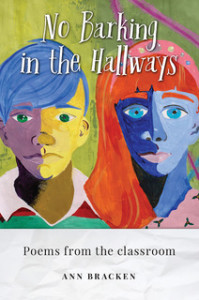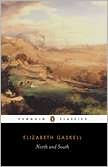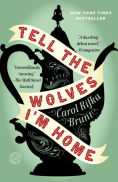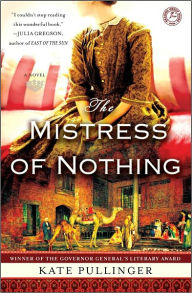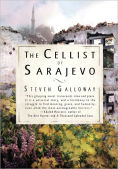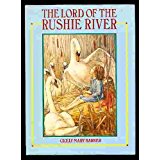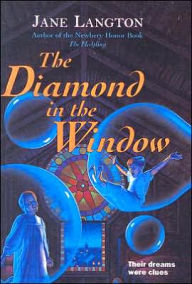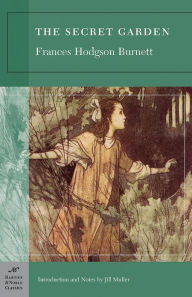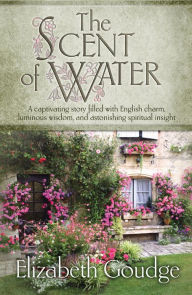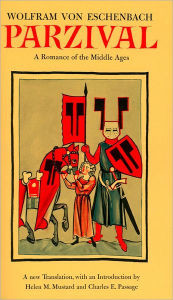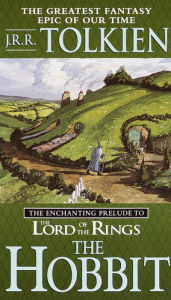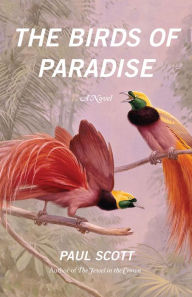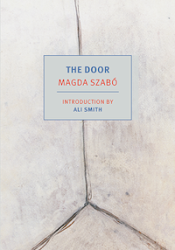As a writer, I learn something from every book I read. These are the ten best books I read in 2016. Although I read much fiction, I’m a bit surprised to see how many of the books I’ve selected are nonfiction. Please check the links to the blog archive for a fuller discussion of each book.
1. Stirring the Mud: On Swamps, Bogs, and Human Imagination, by Barbara Hurd
Stirring the Mud is a slight book, only nine essays, but I’ve been reading and rereading it for weeks, pondering the images and leaps of thought. Reading these essays, I came to love standing with Hurd as she lets her shoes sink into the mud, water seeping in to wet her socks, thinking about what grows there, what is lost there, what is preserved there. She examines the liminality of these places, how mysteriously hidden their edges are.
2. Reading the Forested Landscape: A Natural History of New England, by Tom Wessels
Tom Wessels’ book helps me understand what I’m looking at when I examine the woods that come almost up to my porch. This is not a tree identification book, however. It’s more like a magic decoder ring. It gives the information you need to look at a patch of woods and make a pretty good guess at what it looked like 100 years ago and what has occurred to disturb it in the meantime. This book changed my view of the natural world.
3. Being Mortal: Medicine and What Matters in the End, by Atul Gawande
Gawande examines these issues through stories of his patients and his own family, encouraging us to look at that phase of life that we mostly try to pretend will never happen, that inevitable decline into death. Most interesting to me, he takes us through the history of solutions for how to make the end of life meaningful, comfortable and affordable, from the first retirement communities to exciting new ideas.
4. Islands, the Universe, Home, by Gretel Ehrlich
This collection of essays is truly stunning. In the things of her world Ehrlich finds tangible evidence for the thoughts and ideas jostling in her head, anchoring them to coherence. Her world is primarily her ranch in Wyoming, its five-acre lake, the nearby mountains. Other essays take us further afield. Whatever destinations we find in these essays come from the resonances between the pieces of her mosaic and the echoes they call up in our own hearts.
5. The House of Belonging: Poems, by David Whyte
The poems in this book are different from those to which I’m usually drawn. At first glance they don’t even seem to be poems—aside from the line breaks—but rather the sort of heart-to-heart you have with an old friend late at night over a cup of tea or glass of whisky. Yet within the plain speaking is a core of light. Such poems may look easy, but must require great patience to revise and revise again in order to craft something so seemingly inconsequential into a work invested with such meaning.
6. Saving Our Sons: Raising Black Children in a Turbulent World, by Marita Golden
Ta-Nehisi Coates’s book Between the World and Me has been getting a lot of press since it came out last year. With good reason: Coates’s letter to his son is an essential reminder to all of us, in the U.S. at least, that a hope and a dream alone are not enough to undo centuries of racism built into the structure of this country. Yet it was this slim book by Marita Golden that I first read twenty years ago that truly brought home to me the dangers faced by young men of color and the emotions endured by their parents.
7. The Edge of Heaven, by Marita Golden
The story opens with twenty-year-old Teresa Singletary and her mother, Lena, facing a major turning point in their lives: Lena is being released from prison. Through a “chorus of voices”, the story conveys the terrible damage not just to the person imprisoned, but also to her or his family. While the journey is sometimes dark and the human cost is huge, it is in the end a story of love’s possibilities.
8. Burning Your Boats, by Angela Carter
I love these stories. Actually Carter calls them tales, saying they draw on images from dreams and legends, from fairy tales and the unconscious. While these tales do provoke unease, they also overwhelm with audacity and rich allusions and tangled passion. She layers in the descriptions and emotions until you feel as though the whole thing is going to explode—and then she reels you back with a coolly humorous detail or sarcastic observation.
9. I Capture the Castle, by Dodie Smith
Seventeen-year-old Cassandra Mortmain and her family love their dilapidated home: a house attached to and using a corner of a partially ruined castle. It would be better, though, if they had some money for little things like, oh, having more candles so they can read at night, fixing the leaks in the roof, actually getting enough to eat, and paying the rent. I love Cassandra’s storytelling, her humor, her peculiar turns of phrase, her odd outlook. Every page holds delightful surprises.
10. Tell the Wolves I’m Home, by Carol Rifka Brunt
As this story opens, fifteen-year-old June remembers when and her sister Greta were being driven by their mother to Uncle Finn‘s apartment to continue sitting for the portrait he was painting of them, Uncle Finn who was dying of AIDS. This is more than a coming-of-age story, more than a dealing-with-the-first-death story. It is an engrossing story of deeply human emotions, ones we deny or fear, ones that lead us into actions we regret and the connections we crave.
What were the best books you read last year?
